Air Flow Experimental Plant
Categories: Engineering Lab EquipmentFluid mechanics is concerned with the physical behaviour of fluids. An important branch of fluid mechanics is the analysis of air flow in the incompressible range in order to be able to determine the...
Product
Description
Fluid mechanics is concerned with the physical behaviour of fluids. An important branch of fluid mechanics is the analysis of air flow in the incompressible range in order to be able to determine the pressure distribution and the velocity profile of a flow. In practice, the findings from these experiments are necessary when devising and designing turbomachines.
With its extensive range of accessories, the unit offers a variety of experiments in the field of steady, incompressible flow. The external Pitot tube is used to measure free jets; the inner Pitot tube allows investigation of the air flow within the pipe section. A low-loss inlet and the length of the pipe section realize an optimal formation of the air flow. The air flow can optionally be studied via a nozzle or orifice plate. An iris diaphragm allows the diameter of the air flow to be varied. Pipe friction losses on various pipe fittings can be investigated. Up to 20 pressure measuring points mean the pressure conditions along the measuring section can be determined. The pressures that are read off the tube manometer make it possible to determine the pressure distribution and flow velocity.
Learning Objectives/Experiments
Experiments in the field of steady, incompressible flows by means of different measuring objects:
Calculation of the flow rate and the flow velocity
Recording the different velocity profiles in both the free jet and the pipe cross-section
Representation of the pressure loss in the system characteristic
Representation of the pressure loss at different pipe elements
Specification
Experiments from the field of steady incompressible flow
Horizontal measuring section
Radial fan infinitely variable via frequency converter
Pitot tube in the free jet, 3-dimensional adjustable
Pitot tube within the pipe section, vertically adjustable at 3 positions, adjustable height
Different measuring objects: orifice plate, nozzle, iris diaphragm, pipe fittings
16 tube manometers for displaying the pressures
Technical data
External Pitot tube in the free jet, 3-dimensional adjustable
horizontal: ±140mm
vertical: -80…120mm
inner Ø: 2mm
Internal Pitot tube, sliding
vertical: ±40mm
inner Ø: 1,1mm
20 pressure measuring points
Radial fan
max. motor power: 550W
max. flow rate: 22m3/min
max. differential pressure: 0,73kPa
16 tube manometers
resolution: 1-fold, 2-fold, 5-fold and 10-fold
max. resolution: 1Pa
Iris diaphragm: Ø 40…75mm
Orifice plate/nozzle: Ø 50mm
3 pipe fittings
230V, 50Hz, 1 phase
230V, 60Hz, 1 phase
120V, 60Hz, 1 phase
UL/CSA optional
Dimensions and weight
LxWxH: 3270x790x1130mm
Weight: approx. 232kg
quick overview :
Fluid mechanics is concerned with the physical behaviour of fluids. An important branch of fluid mechanics is the analysis of air flow in the incompressible range in order to be able to determine the pressure distribution and the velocity profile of a flow. In practice, the findings from these experiments are necessary when devising and designing turbomachines.
With its extensive range of accessories, the unit offers a variety of experiments in the field of steady, incompressible flow. The external Pitot tube is used to measure free jets; the inner Pitot tube allows investigation of the air flow within the pipe section. A low-loss inlet and the length of the pipe section realize an optimal formation of the air flow. The air flow can optionally be studied via a nozzle or orifice plate. An iris diaphragm allows the diameter of the air flow to be varied. Pipe friction losses on various pipe fittings can be investigated. Up to 20 pressure measuring points mean the pressure conditions along the measuring section can be determined. The pressures that are read off the tube manometer make it possible to determine the pressure distribution and flow velocity.
Learning Objectives/Experiments
Experiments in the field of steady, incompressible flows by means of different measuring objects:
Calculation of the flow rate and the flow velocity
Recording the different velocity profiles in both the free jet and the pipe cross-section
Representation of the pressure loss in the system characteristic
Representation of the pressure loss at different pipe elements
Specification
Experiments from the field of steady incompressible flow
Horizontal measuring section
Radial fan infinitely variable via frequency converter
Pitot tube in the free jet, 3-dimensional adjustable
Pitot tube within the pipe section, vertically adjustable at 3 positions, adjustable height
Different measuring objects: orifice plate, nozzle, iris diaphragm, pipe fittings
16 tube manometers for displaying the pressures
Technical data
External Pitot tube in the free jet, 3-dimensional adjustable
horizontal: ±140mm
vertical: -80…120mm
inner Ø: 2mm
Internal Pitot tube, sliding
vertical: ±40mm
inner Ø: 1,1mm
20 pressure measuring points
Radial fan
max. motor power: 550W
max. flow rate: 22m3/min
max. differential pressure: 0,73kPa
16 tube manometers
resolution: 1-fold, 2-fold, 5-fold and 10-fold
max. resolution: 1Pa
Iris diaphragm: Ø 40…75mm
Orifice plate/nozzle: Ø 50mm
3 pipe fittings
230V, 50Hz, 1 phase
230V, 60Hz, 1 phase
120V, 60Hz, 1 phase
UL/CSA optional
Dimensions and weight
LxWxH: 3270x790x1130mm
Weight: approx. 232kg
Product
Reviews
add Review
reviews
No Review Yet.
Copyrights © 2025 All Rights Reserved by Atico

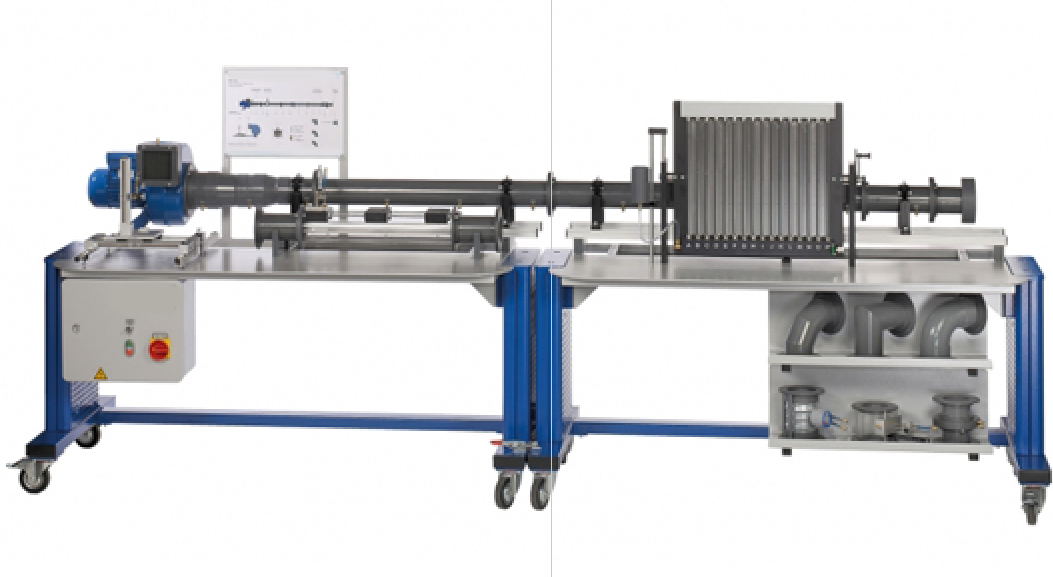




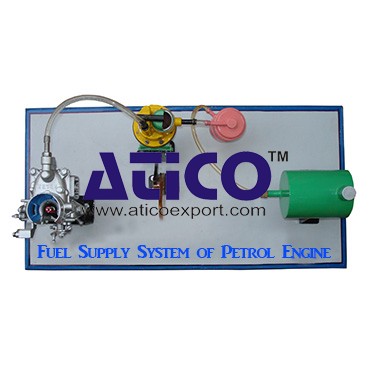

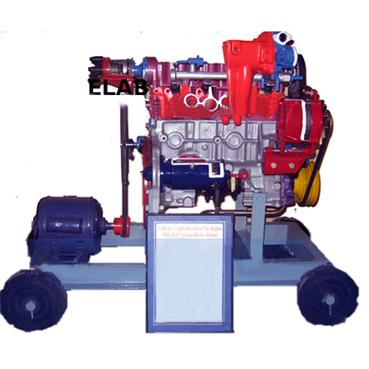
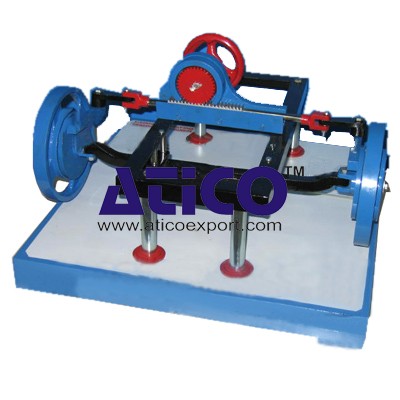



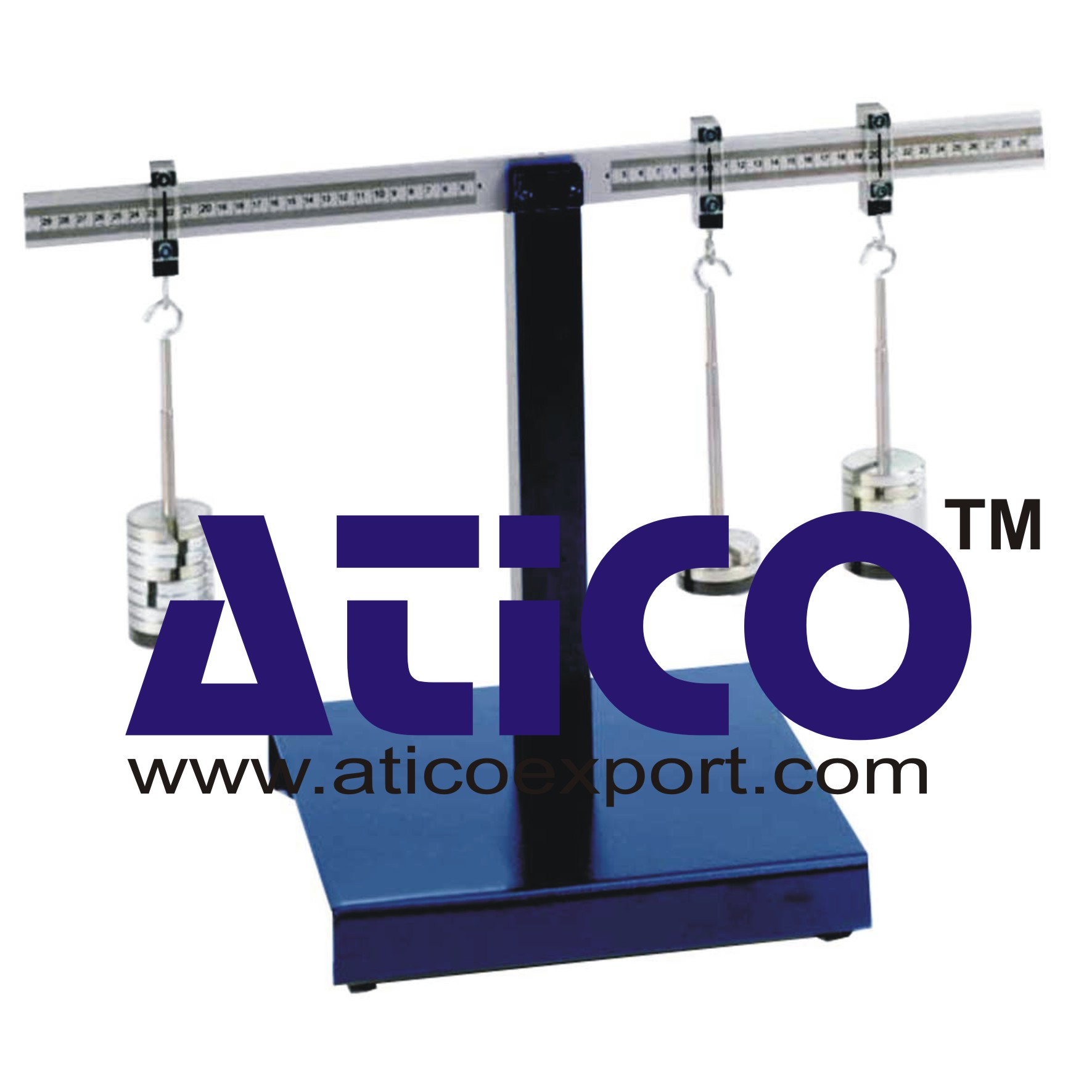
Product
Reviews
add Review
reviews
No Review Yet.